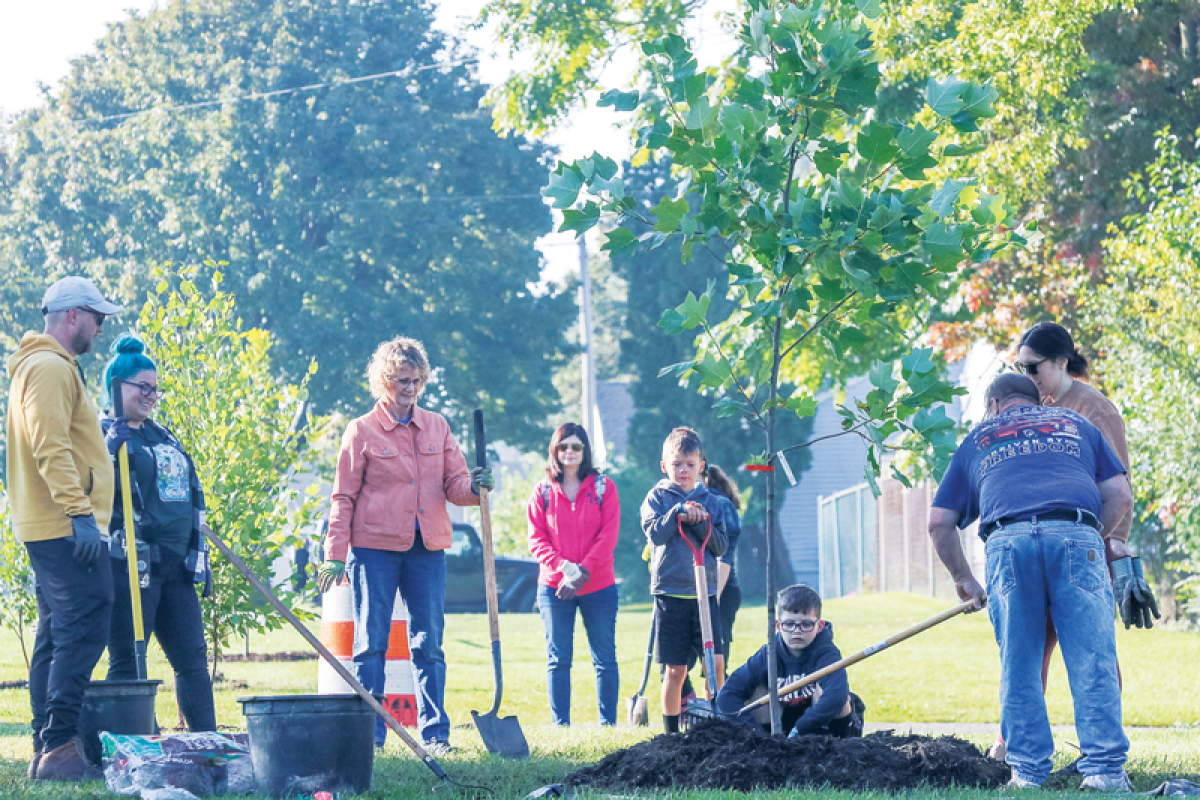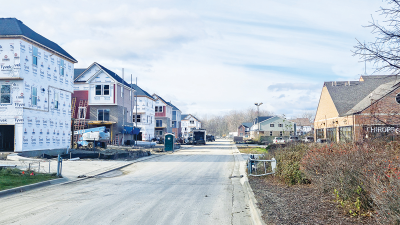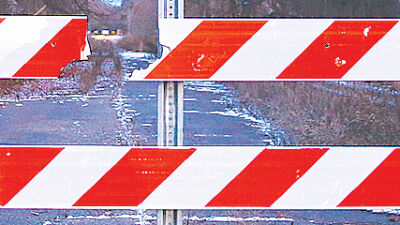HAZEL PARK — Hazel Park has plans to hire a certified arborist that will evaluate each tree that the city is responsible for maintaining. The effort is part of a “tree inventory” program that will help determine what kind of upkeep each tree needs, and which ones are due for replacement.
The initiative is funded by a $147,620 grant courtesy of the U.S. Department of Agriculture Forest Service’s Urban and Community Forestry Program and the Inflation Reduction Act of 2022, as administered by the Michigan Department of Natural Resources. In all, the DNR is splitting up $3 million in grants in 2024 to help 19 Michigan communities expand and enhance their tree coverage and green space.
“If we can use this free money that the federal government is giving out to help our community, then we will do so,” said Hazel Park Mayor Mike Webb. “By using this grant for the arborist, we can find more trees that are damaged or diseased before they become a nuisance and take them out before they become a danger to people or property.
“We’ve also been updating our tree canopy as we’ve worked on the sidewalks over the years, restoring the canopy with new trees that will be slightly smaller as they grow, but that will be less intrusive upon our homes and cars, and won’t require as much maintenance in the future,” he said.
Dusty Barber, assistant to the superintendent of the Hazel Park Department of Public Works, said in an email that the city is focusing on trees within the right of way between the sidewalks and streets, as well as trees located in city parks.
The arborist will identify the species of each tree, measure its diameter, assess its condition and risk, and suggest any needed maintenance. The arborist will also help the DPW develop a schedule for efficiently addressing these needs.
Barber said that grant projects through the program are meant to improve urban forest resilience to climate change, extreme heat, pests and diseases, and to mitigate damage from storm events through best management and maintenance practices.
“The canopy (in Hazel Park) is very old,” Barber said. “The canopy has taken quite a hit lately, considering trees are at the end of their lifespan. Most trees (in Hazel Park) have an average lifespan of 50 years.”
The majority of trees in the city are maples, oaks and locust trees.
“These trees tend to be quite hardy and create a beautiful environment,” Barber said. “Some of these trees can be very messy, where they produce nuts or a lot of leaves, which creates a high level of maintenance. We’re prioritizing planting trees that will add to the canopy and create a diversity of species that will continue to improve the community.”
To that end, the DPW and Hazel Park Recreation Department have partnered with Releaf Michigan to plant more than 50 new trees in city parks over the last several years. An additional 200 trees have been planted across the city with funds from the Sutar-Sutaruk-Meyer Foundation.
When surveying a tree’s health, an arborist considers its species and typical lifespan, as well as the number of dead or damaged branches, the condition of the tree bark, any root girdling — where roots grow in a circular or spiral pattern at or under the soil level, strangling the trunk and cutting off the flow of sap — and any damage to the surrounding area.
“We encourage a tree to be added any place that is applicable,” Barber said. “Trees planted on right of ways must be approved through the DPW. We have a list of trees that we will approve. The criteria is based on the size of the tree at maturity, the species, and the maintenance this tree will need from our department.
“By establishing a vigorous tree-planting program, the city will ensure that new trees are planted promptly to replace those removed, contributing to a thriving urban forest,” Barber concluded. “This strategic approach will help improve air quality, combat climate change, mitigate stormwater runoff and enhance the overall aesthetic appeal of our neighborhoods, which will all improve the mental and physical health of our community.”
The mayor said the ultimate goal is protecting people and property in Hazel Park.
“We all know the challenges when storms roll into our town, with trees and branches falling,” Webb said. “We just don’t want anyone to get hurt.”
 Publication select ▼
Publication select ▼














